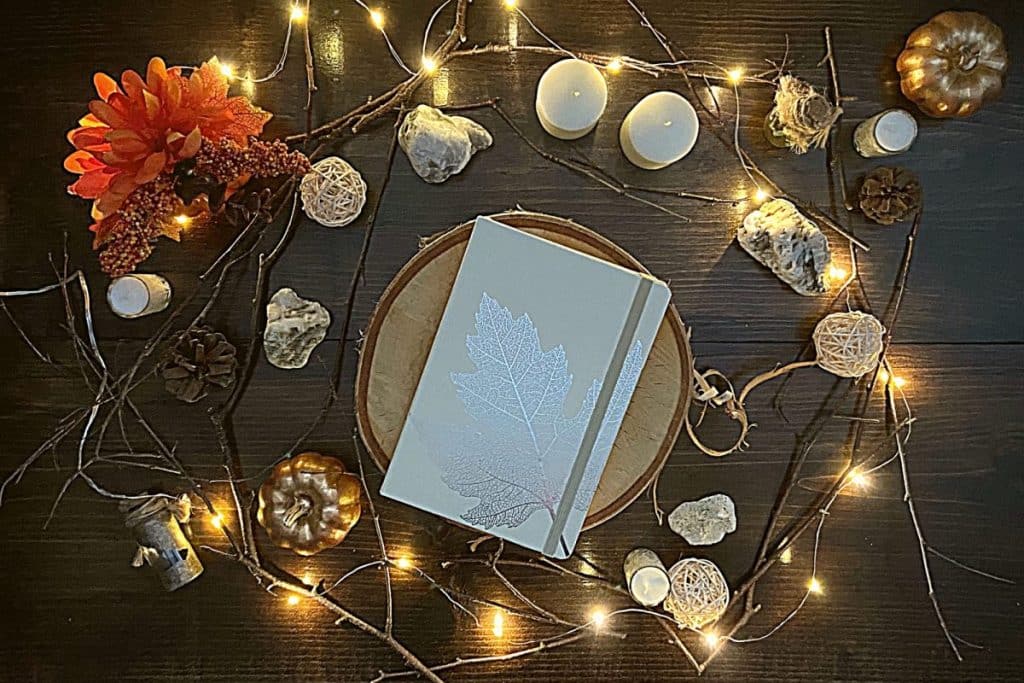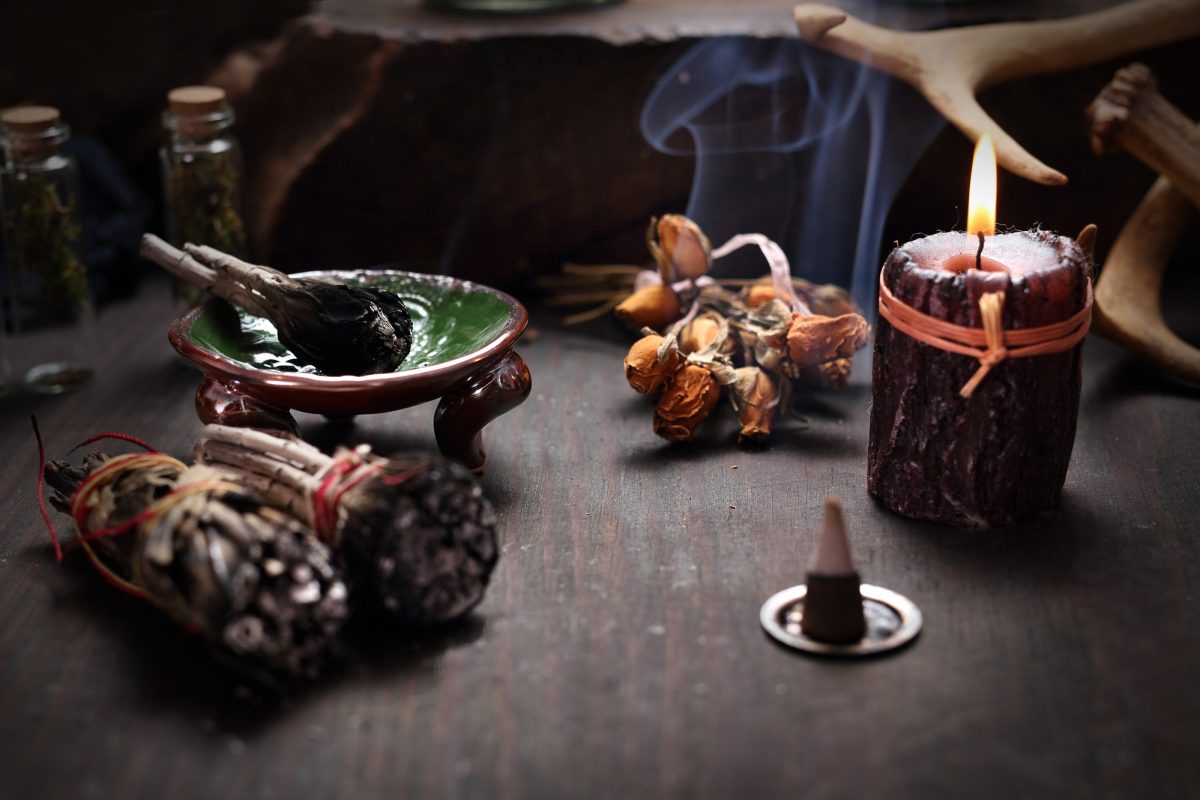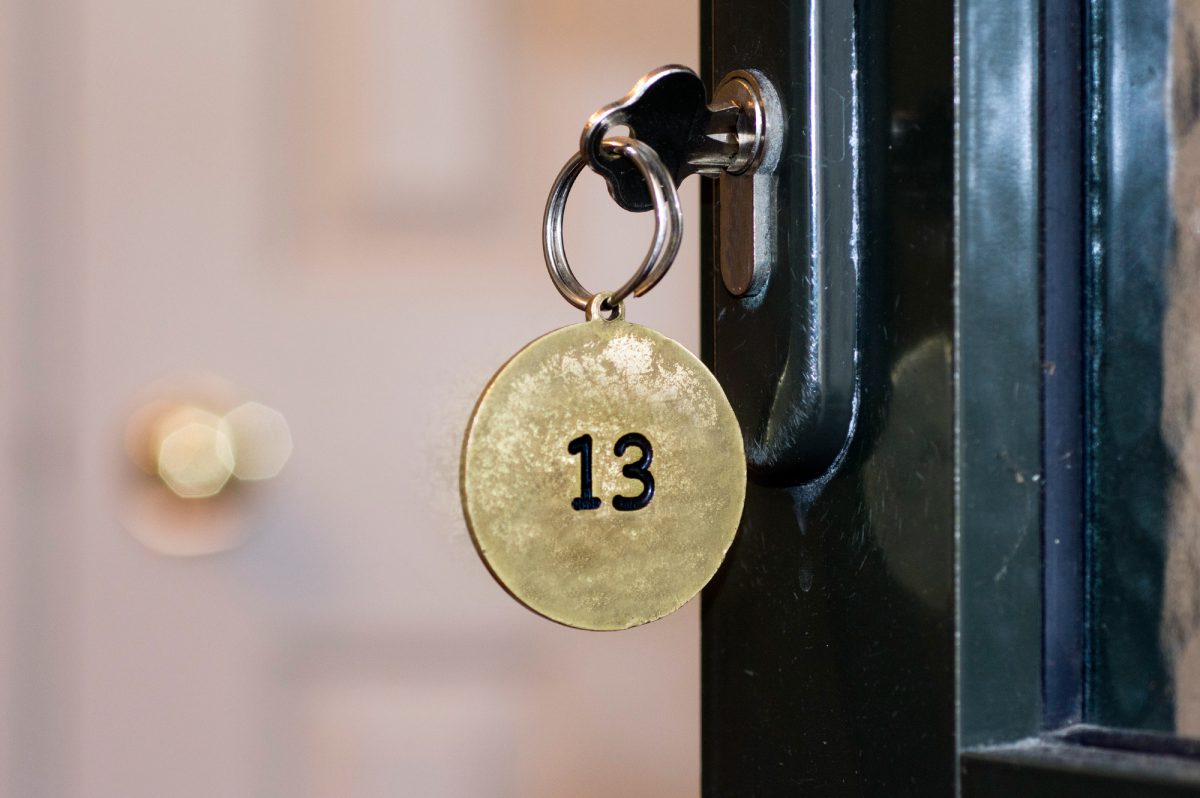How to Create Your Own Book of Shadows or Grimoire
If you’re a practitioner of witchcraft or any other form of spirituality, you may have heard of a “Book of Shadows” or “grimoire.” This is a personalized collection of knowledge, spells, correspondences, and other information that a witch uses in their practice.
While many witches purchase pre-made Books of Shadows, creating your own can be a powerful way to connect with your spirituality and personalize your practice.

Table of Contents
Materials Needed
Before you start creating your Book of Shadows, you’ll need to gather the necessary materials. While the specific materials may vary based on your preferences and the format you choose, here are some general recommendations:
- A notebook or binder: Your Book of Shadows can be as simple or elaborate as you’d like, but you’ll need a place to record your information. A spiral-bound notebook or three-ring binder are popular options.
- Paper: If you’re using a binder, you can use standard printer paper. If you’re using a notebook, you may want to invest in higher-quality paper that won’t bleed or feather with ink or paint.
- Writing tools: Depending on your preferences, you can use pens, pencils, markers, or paint to record your information.
- Decorative elements: While not strictly necessary, adding decorative elements to your Book of Shadows can make it more personal and visually appealing. This could include stickers, washi tape, crystals, dried flowers, or other items that have meaning to you.
Choosing a Format
One of the first decisions you’ll need to make when creating your Book of Shadows is the format. There are several options, each with its own pros and cons:
- Digital: Some practitioners choose to create a digital Book of Shadows using a word processing program, a note-taking app, or a specialized digital platform. This can be convenient for those who prefer to type rather than write by hand, and it’s easy to make changes and updates. However, some people find that typing can be less intuitive and less personal than handwriting.
- Physical: Many practitioners prefer to create a physical Book of Shadows that they can hold and interact with. This can include a binder, a notebook, or even a scrapbook. The benefits of a physical Book of Shadows include the ability to add decorative elements, the tactile experience of handwriting and drawing, and the personalization of the format.
Ultimately, the choice between digital and physical is up to you and your preferences. You may even decide to use a combination of both.
Designing Your Book of Shadows
Once you have your materials and format selected, it’s time to start designing your Book of Shadows. Here are some tips to get started:
- Decide on a structure: Before you start adding content, think about how you want to organize your Book of Shadows. You could use tabs or dividers to separate sections by topic, or you could simply number your pages and create a table of contents at the front.
- Add page numbers and headers: Regardless of your structure, it’s helpful to add page numbers and headers to each page. This will make it easier to find specific information later.
- Add decorative elements: As mentioned earlier, adding decorative elements can make your Book of Shadows more personal and visually appealing. This could include adding stickers, washi tape, or artwork to the margins of your pages.
- Use headings and subheadings: As you add content, use headings and subheadings to break up your information into sections. This will make it easier to read and reference later.
Adding Content
Now that you have your structure and design in place, it’s time to start adding content to your Book of Shadows. Here are some suggestions for what to include:
- Correspondences: Correspondences are the relationships between different elements, colors, herbs, stones, and other components of magic. You could create tables or lists of correspondences to refer to later in your practice.
- Spells: Spells are the intentional use of magic to create change in the world. You could include spells that you’ve found in books or online, or you could write your own spells based on your intentions and the correspondences you’ve researched.
- Rituals: Rituals are more elaborate than spells and often involve multiple components, such as candles, incense, and meditation. You could include step-by-step instructions for your favorite rituals in your Book of Shadows.
- Meditations: Meditations are a way to quiet the mind and connect with the divine. You could include guided meditations or visualization exercises that you’ve found or created.
- Personal reflections: Your Book of Shadows is a personal record of your spiritual journey, so don’t be afraid to include your own thoughts, feelings, and experiences. You could write about the successes and challenges of your practice, record dreams or visions you’ve had, or even include poetry or artwork.
- Research: As you create your Book of Shadows, you’ll likely come across new information that you want to remember. Be sure to fact-check any information you find online or in books, and include your sources so you can refer back to them later.
Personalizing Your Book of Shadows
While your Book of Shadows will include information that is relevant to your practice, it’s also important to make it personal and unique to you. Here are some ideas for personalizing your Book of Shadows:
- Add artwork: If you enjoy drawing or painting, consider adding your own artwork to your Book of Shadows. This could include illustrations of spells, correspondences, or deities that you work with.
- Write your own spells: While there’s nothing wrong with using pre-written spells, creating your own spells can be a way to tap into your intuition and connect more deeply with your intentions.
- Include mementos: If you’ve attended a meaningful ritual or have a piece of jewelry or clothing that has special significance to your practice, consider including it in your Book of Shadows.
- Write in your own voice: Don’t feel like you have to use a formal or academic writing style in your Book of Shadows. Write in a way that feels natural and authentic to you.
Maintaining and Updating Your Book of Shadows
As you add content to your Book of Shadows and use it in your practice, you may find that you need to make updates or revisions. Here are some tips for maintaining and updating your Book of Shadows:
- Set aside regular time for updates: Depending on how often you use your Book of Shadows, you may want to set aside a specific time each week or month to review and update your information.
- Add new information as needed: If you come across new information that you want to add to your Book of Shadows, be sure to fact-check it and ensure it fits with the overall structure and content of your Book of Shadows.
- Make backups: If you’re using a digital Book of Shadows, be sure to make backups in case of computer crashes or other issues. If you’re using a physical Book of Shadows, consider making copies of important pages in case of loss or damage.
Conclusion
Creating your own Book of Shadows or grimoire can be a powerful way to connect with your spirituality and personalize your practice. By gathering the necessary materials, choosing a format, designing your Book of Shadows, adding content, personalizing it, and maintaining and updating it over time, you can create a valuable tool for your spiritual journey. Whether you’re a new witch or a seasoned practitioner, a Book of Shadows can be a way to deepen your understanding of the craft and connect more deeply with your intuition and spirituality. So why not give it a try? By following these steps, you’ll be well on your way to creating a Book of Shadows that is uniquely yours.






